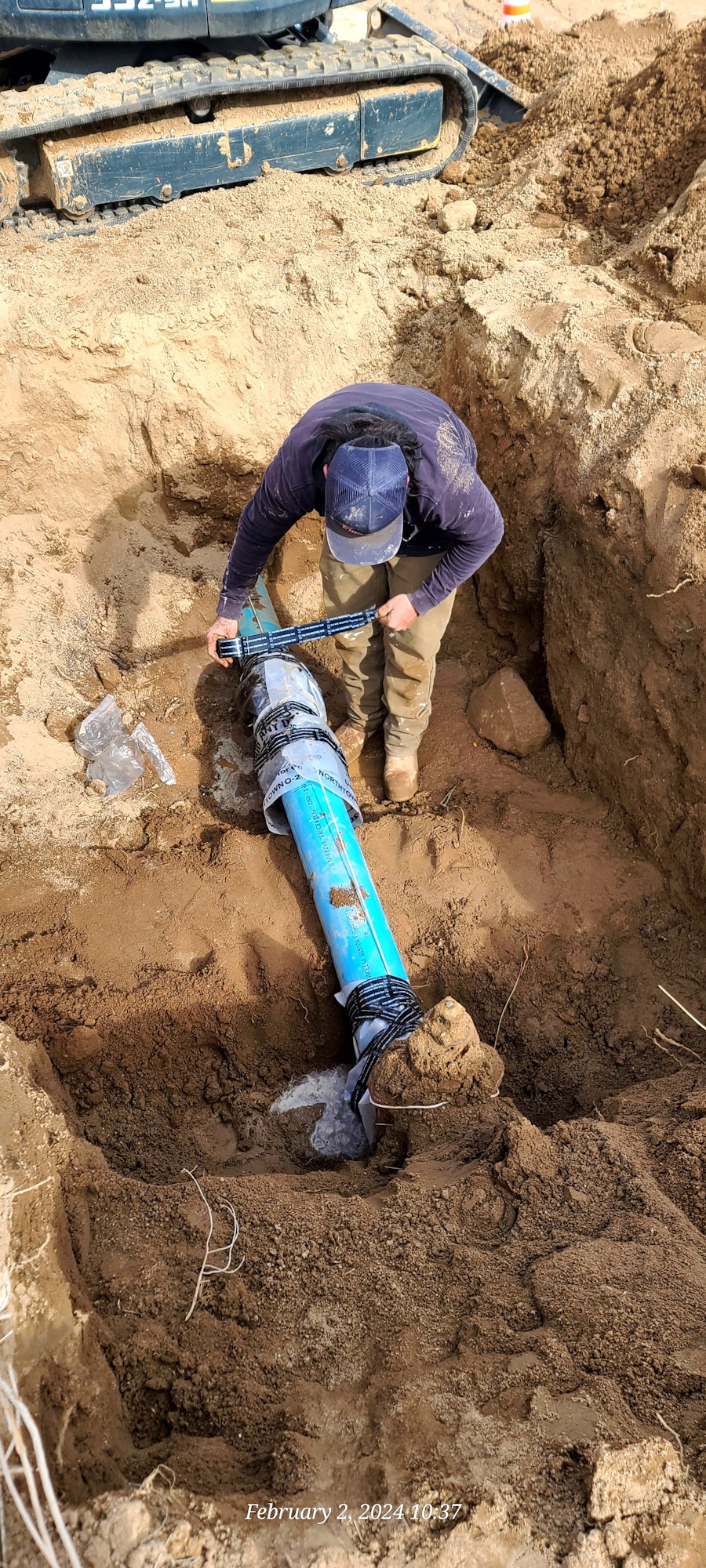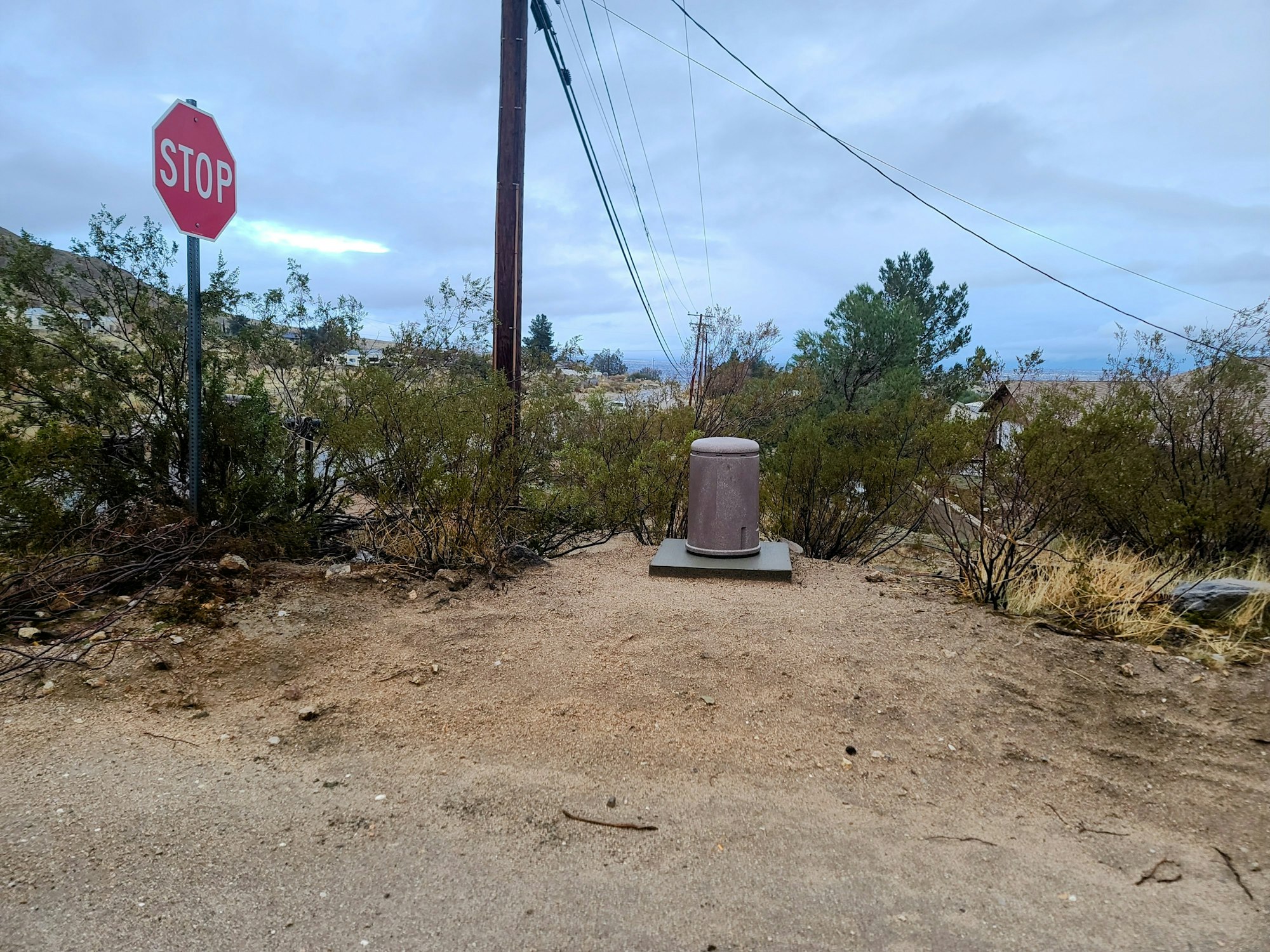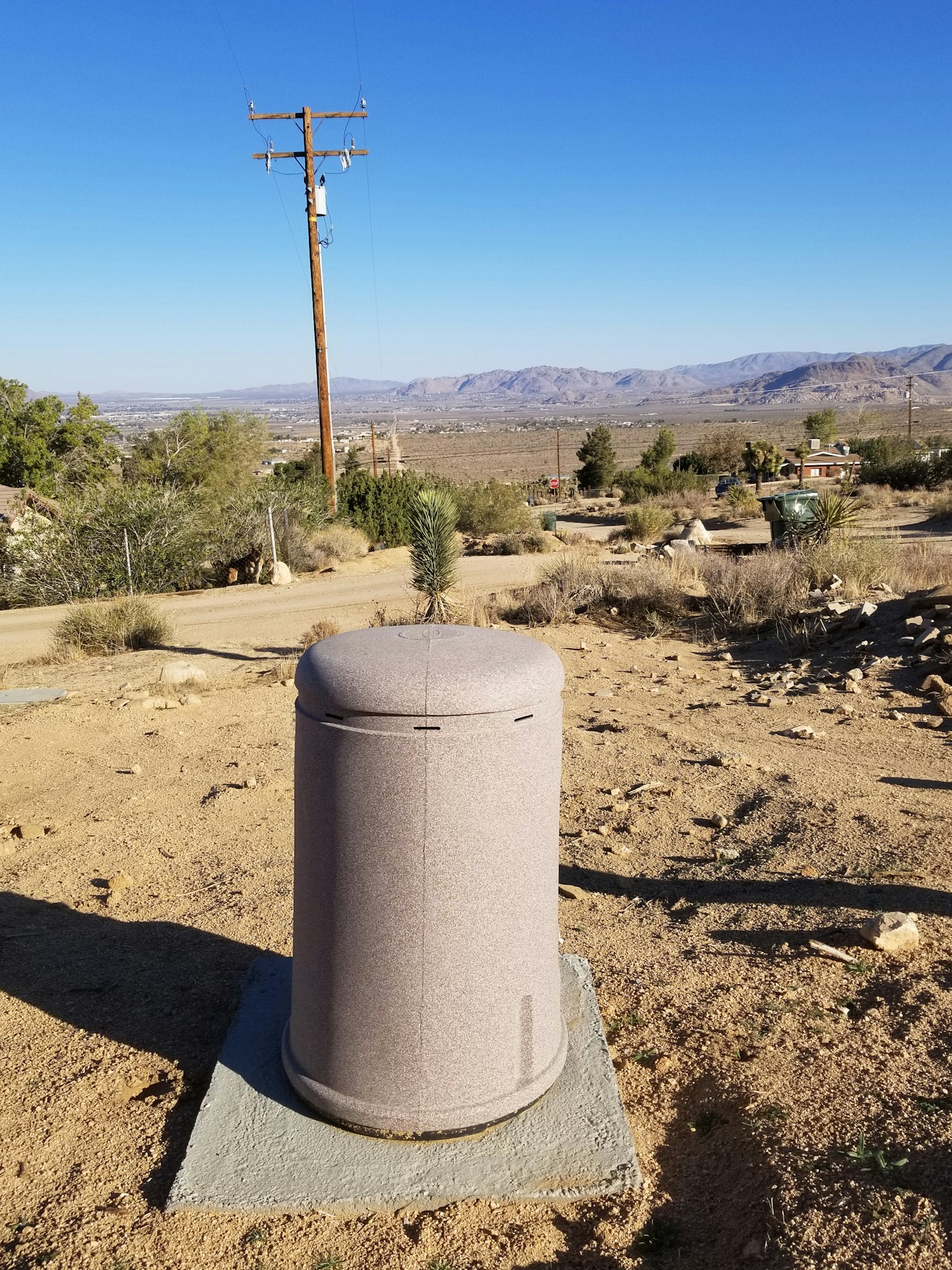Water Main Repair Information

The American Water Works Association (AWWA) has over 190 standards that cover all areas of water treatment and supply.
On February 2, 2024, a planned water shut-off on a section of the water main on Bella Vista Road north of Horizon Street was scheduled to repair a leaking section. Following AWWA Standards specifically for Disinfecting Water Mains ANSI/AWWA C651-14, which specifies the purpose is to define the minimum requirements for the disinfection of water mains, including the preparation of water mains, application of chlorine, and sampling and testing for the presence of coliform bacteria. An important goal of the well-trained and experienced crew was to minimize water service disruption to customers. With proper supervision and guidance to prevent corrective measures, Kelley's Construction team followed critical points by keeping the pipes clean and dry and the interiors of pipes, fittings, and valves protected from contamination.

Water main repairs sometimes involve only a partial water shut-off. By "throttling" street valves, reducing or lowering the flow and pressure to the area of repairs, crews can prevent contaminants from entering the damaged water pipe by maintaining positive water pressure until the repair site on the main is fully exposed, by retaining a dewatered trench, and by keeping all pipe materials being used in the repair in a clean and sanitary condition. This is considered a Controlled pipe repair without depressurization. In this situation, activities are well controlled, and a total shutdown is unnecessary, thus maintaining positive pressure on the shutdown area and around the break site at all times. The repair site is exposed, and the trench is adequately dewatered so that the repair site can be cleaned and disinfected by spraying or swabbing with a minimum of 1 percent chlorine solution. The water main is then returned to service with flushing to obtain three volumes of water turnover, ensuring the flushed water is visually clear without discolored water. No bacteriological testing is necessary. It is advisable to check for a typical system chlorine residual and, if not found, to continue flushing until residuals are restored to levels maintained in the distribution system by the water utility—if the system operates with a disinfectant residual.
The AWWA Standard states that work should follow primary disinfection and contamination prevention procedures by inspecting and cleaning, followed by disinfection of spraying or swabbing with a minimum 1% percent chlorine solution to the exposed portions of existing pipe interior surfaces, pipe materials used in the repair, and handheld materials and tools used to make the repair. And advised affected customers to adequately flush their service lines upon restoring water. If the repair requires a complete pipe section replacement, the new pipe should be inspected, cleaned, and disinfected from both ends by swabbing with a minimum of 1 percent chlorine solution.
The Watermain may then be returned to service after flushing to scour the pipe and obtain three volumes of water turnover. The flushed water should run visually clear, have a measurable chlorine residual if the system operates with a residual, and be checked with bacteriological testing. The pipeline may be returned to service before obtaining bacteriological results. It is advisable, where possible, to provide a scour flush to clear before the release of the repaired section. Samples for bacteriological analysis shall be collected in sterile bottles treated with sodium thiosulfate under Section 9060—Samples of Standard Methods for the Examination of Water and Wastewater. Water hoses and fire hydrants are not recommended for collecting samples that will be used to make decisions on the bacteriological quality of drinking water. However, if no sampling port is available, cleaned fire hydrants that have been cleared of standing water and/or other sanitized sampling apparatus (i.e., sanitized tubing,
hose, gooseneck, spigot) may be used with the understanding that they do not represent
optimum access to the water main for bacteriological sampling. Standard Methods for Examining Water and Wastewater shall test the water samples for bacteriological quality. They shall show the absence of coliform bacteria.

A combination blowoff and sampling tap used for mains was installed the week prior at the intersection of Roundup Way and Flora Vista Street.





.png?ixlib=rb-1.1.0&or=0&w=720&h=720&fit=max&auto=format%2Ccompress&s=e6ec7d4c3d5dc4da22e78a70bc74c366)
